Search Results for: Forests
Skip to resultsCan’t find what you’re looking for? Visit our FAQ page.
5,523 results for: Forests
-
 Space
SpaceDuring the awe of totality, scientists studied our planet’s reactions
Earth’s atmosphere was a big area of focus for scientists studying the total solar eclipse on April 8, 2024.
By Adam Mann -
 Climate
ClimateWill stashing more CO2 in the ocean help slow climate change?
Research is needed on how ocean carbon removal methods — such as iron fertilization and direct capture — could impact the environment.
-
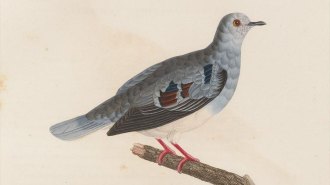 Animals
AnimalsThis bird hasn’t been seen in 38 years. Its song may help track it down
Using bioacoustics, South American scientists are eavesdropping on a forest in hopes of hearing the song of the long-missing purple-winged ground dove.
-
 Earth
EarthA hidden danger lurks beneath Yellowstone
A volcanic eruption at Yellowstone is unlikely anytime soon, but evidence is growing that a violent hydrothermal, or steam, explosion is possible.
By Douglas Fox -
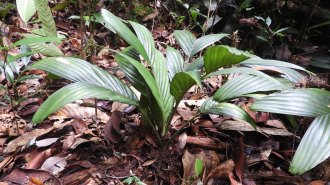 Plants
PlantsThis first-of-its-kind palm plant flowers and fruits entirely underground
Though rare, plants across 33 families are known for subterranean flowering or fruiting. This is the first example in a palm.
-
 Climate
ClimateHow powdered rock could help slow climate change
A method called enhanced rock weathering shows promise at capturing carbon dioxide from the air. But verifying the carbon removal is a challenge.
-
 Environment
EnvironmentGrassland and shrubland fires destroy more U.S. homes than forest fires
Grassland and shrubland fires destroyed nearly 11,000 homes in the contiguous United States from 1990 to 2020.
By Nikk Ogasa -
 Plants
PlantsOn some Australian islands, sea level rise may be helping mangroves thrive
Rising seas usually spell trouble for mangroves. But the first survey of the Howick Islands in 50 years finds that mangroves there have expanded a lot.
-
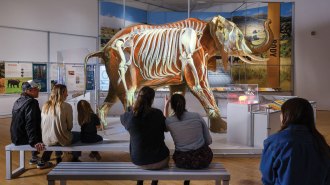 Animals
AnimalsA new exhibit invites you into the ‘Secret World of Elephants’
As elephants face survival threats, the American Museum of Natural History highlights their pivotal role in shaping landscapes — and their resilience.
-
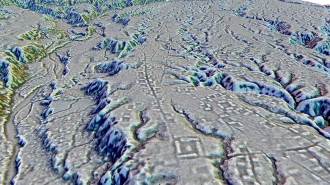 Archaeology
ArchaeologyAn ancient, massive urban complex has been found in the Ecuadorian Amazon
Found by airborne laser scans, this settlement and others throughout Mesoamerica and the Amazon are shifting how archaeologists think about urbanism.
By Amanda Heidt -
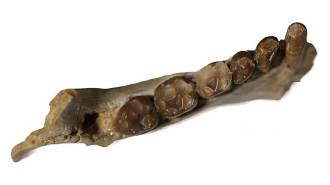 Anthropology
AnthropologyAncient primates’ unchipped teeth hint that they ate mostly fruit
Of more than 400 teeth collected, just 21 were chipped, suggesting that early primate diets were soft on their choppers.
-
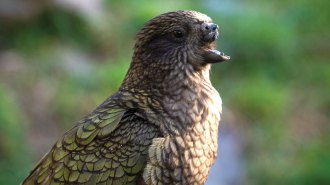 Animals
AnimalsWhat parrots can teach us about human intelligence
By studying the brains and behaviors of parrots, scientists hope to learn more about how humanlike intelligence evolves.